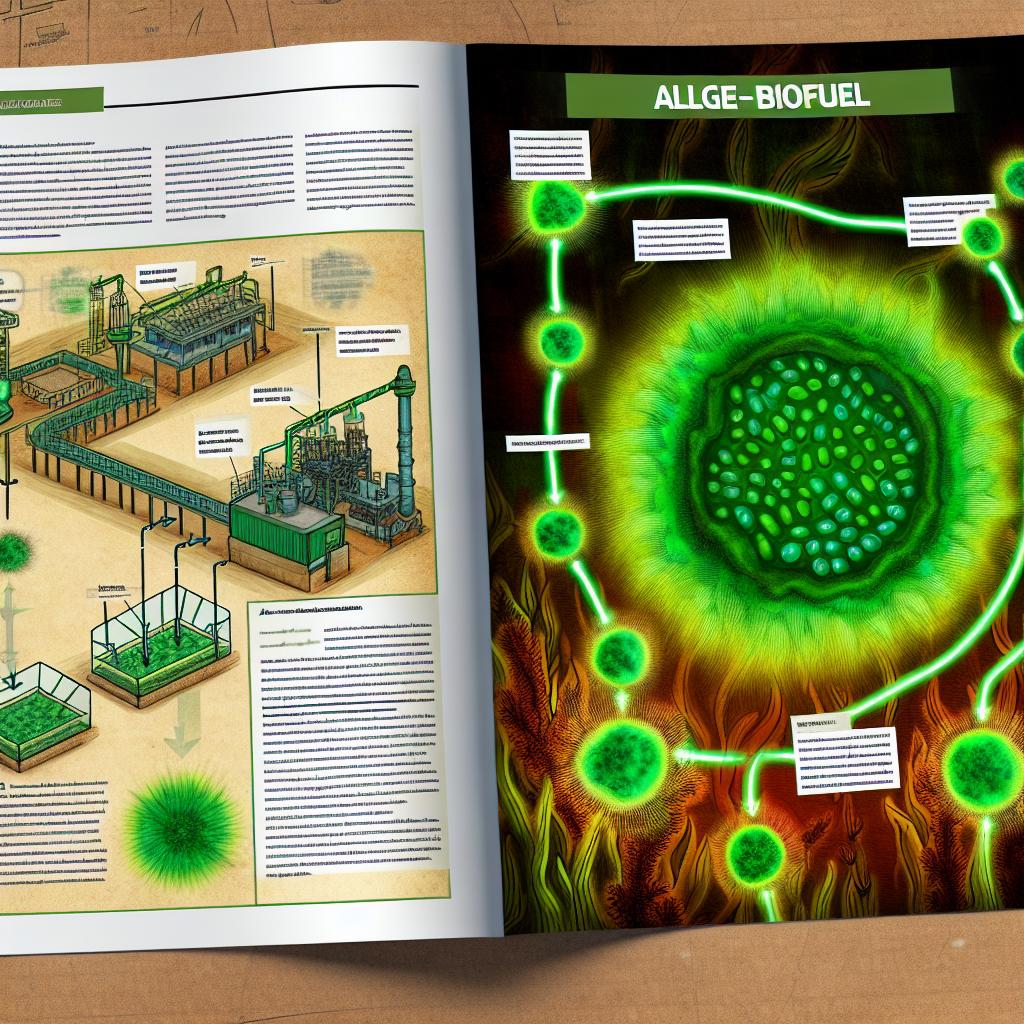The Contribution of Algae to Biofuel Production
The development of alternative energy sources has become a pivotal focus in the global effort to transition away from reliance on fossil fuels. Among the myriad of emerging solutions, algae have emerged as a viable candidate for sustainable biofuel production. These aquatic organisms have shown immense potential in generating biofuels efficiently and at a large scale, presenting a promising alternative.
Advantages of Algae as a Biofuel Source
Algae offer numerous advantages over traditional biofuel resources. One of the compelling reasons for their appeal lies in their high growth rate. Unlike conventional crops, algae can be harvested more frequently, allowing for a greater yield of biomass over the same period. This productivity positions algae as a superior biomass source in comparison to agricultural crops such as corn or soybean.
Furthermore, algae can thrive in environments that are unsuitable for conventional agriculture. They can be cultivated in non-arable locations, such as salty waters or wastelands, and therefore do not compete with land needed for food production. This ability to utilize otherwise infertile land resources marks a significant advantage over traditional bioenergy crops, which often face criticism for occupying land that could instead be used for food.
From an environmental perspective, algae are exceptionally efficient at photosynthesis, the process of converting sunlight into chemical energy. They metabolize sunlight and absorb carbon dioxide, converting it into organic matter at higher rates than most terrestrial plants. This dual function of fuel production and carbon dioxide mitigation supports algae as a renewable energy source that aligns with efforts to lower atmospheric CO2 levels and combat climate change.
Types of Algae Used in Biofuel Production
The diversity within the algal kingdom provides opportunities for various applications in biofuel production. Predominantly, microalgae and macroalgae are explored for their biofuel potential.
Microalgae, which consist of microscopic, unicellular organisms, are particularly notable for their high lipid content. Lipids extracted from microalgae are ideal precursors for biodiesel production. Through techniques such as solvent extraction, oils can be separated from the algal biomass and subsequently transesterified to produce biodiesel. The high oil yield and rapid growth rate make microalgae a preferred choice for biodiesel.
On the other hand, macroalgae, which are more widely recognized as seaweed, are better suited for the production of ethanol and methane. Macroalgae contain substantial amounts of carbohydrates, which can be fermented into ethanol—a process similar to how traditional bioethanol is made from corn or sugarcane. Furthermore, anaerobic digestion of macroalgae can generate methane, a process that aligns with the production of biogas.
Challenges in Algal Biofuel Production
While the benefits of algal biofuel are compelling, significant challenges remain that hinder their widespread adoption. A primary challenge is the economic feasibility of algal biofuels on a commercial scale. The costs associated with the entire production process, from cultivation to harvesting and processing of algae into fuel, are currently higher than those for fossil fuels. This cost disparity is a major barrier and requires comprehensive research and development to enhance cost-efficiency, improve scalability, and lower operational expenses.
Water and nutrient demands represent additional challenges. Algae cultivation requires large quantities of water, which presents a drawback in water-scarce regions. Similarly, the nutrients essential for algae growth must be replenished continuously. Sustainable practices, such as using recycled water and nutrient sources from waste streams, are under investigation. This approach aims to reduce the environmental footprint and improve the resource efficiency of algal biofuel production.
Future Prospects
The future prospects for algal biofuels are optimistic, buoyed by ongoing research and technological innovation. Efforts are concentrated on optimizing algae cultivation techniques, improving strain efficiency for higher lipid production, and innovating lipid extraction methods to enhance yield and reduce costs.
Continued investment by companies and research institutions in sustainable algal biofuels signals a robust commitment to overcoming current challenges. Advances in genetic engineering, for instance, hold the potential to enhance traits such as growth rate and lipid production in algae.
As global energy needs evolve, algae biofuels are poised to become a critical component of the renewable energy mix. The alignment of algae’s natural attributes with the objectives of sustainable energy production renders them a key player in reducing dependency on fossil fuels and minimizing environmental impact. As such, algae’s role in the transition to clean energy continues to garner significant attention and support.
In conclusion, while there are hurdles to overcome in making algal biofuels viable on a commercial scale, their advantages as a renewable energy source make them a compelling focus of research and development. The outlook for algae in the energy sector remains positive, with the potential to significantly contribute to future energy solutions. Industry experts and research organizations continue to explore and disseminate advances in this field, reflecting the keen interest in maximizing the potential of algal biofuels.


